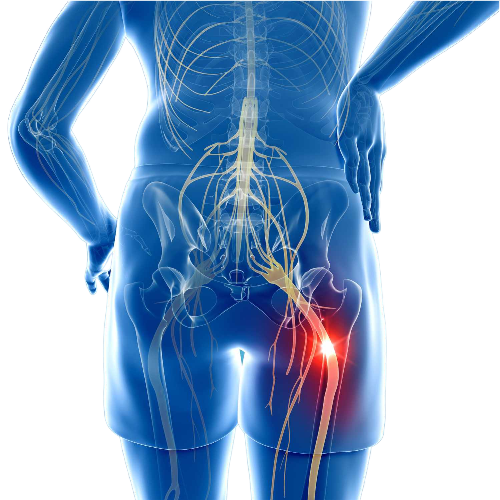
Spinal Stenosis
The chief symptom of spinal stenosis is typically pain due to the pressure on your spinal cord and adjacent nerves. This can lead to typical spinal stenosis symptoms such as pain, numbness, tingling, or muscle weakness in either the arms and hands or legs and feet, depending on the area of the spinal compression. Cervical (neck) spinal stenosis is likely to manifest symptoms in the arms and hands, while lumbar (lower back) spinal stenosis is likely to result in leg and feet related symptoms. Sharp or sudden pain is not uncommon and can be triggered by movement, such as standing and walking. Severe spinal stenosis symptoms can include bladder and bowel dysfunction.
What Causes Spinal Stenosis ?
- While the cause of spinal stenosis is typically aging or injury, there are some pre-existing conditions that can make you more susceptible, such as:
- Bulging or herniated discs
- Arthritis
- Scoliosis
- Genetic patterns
- Bone Spurs
- Symptoms of spinal stenosis can be very similar to other spine-related conditions and is therefore, often hard to discern from one another. This is why it is critical to get an accurate diagnosis from a spine specialist.
